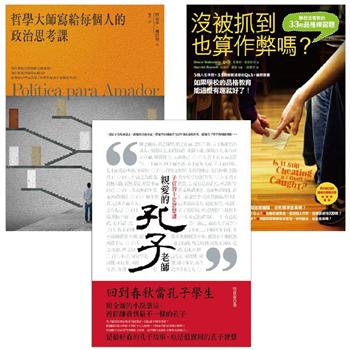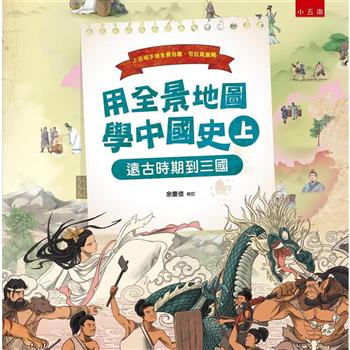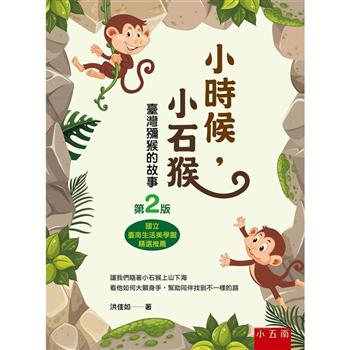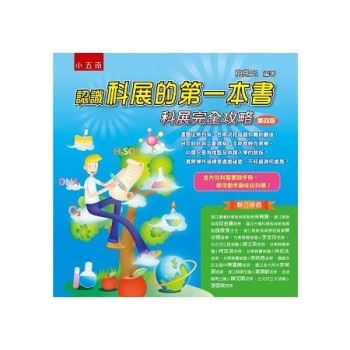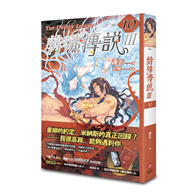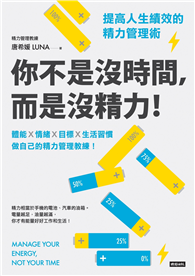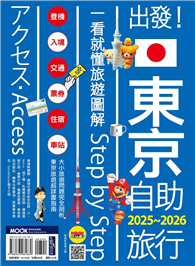Foreword The 4th Industrial Revolution in the Fashion Industry TBD
Introductory section
Preface The introduction will present the subject and the structure of the book, and will make the case for the study of the relationship between product innovation with emerging technologies and fashion. It will offer a review of the various contributions in order to provide context and offer the interpretation, which is the key to this book. Young-A Lee, Associate Professor, Auburn University, AL, USA
Chapter 1 - Trends of Emerging Technologies in Fashion Product Design and Development Chapter 1 will review the literature on the technology innovation on fashion product design and development covering the entire pipeline. As a potentially transformational technology, it is promising that various leading edge technologies will play a more important role in designing and developing personalized fashion-related products in the near future. This introductory chapter will provide the theoretical foundation to analyze the cases of innovative technology and fashion collaboration. It will also outline the main innovative technologies (e.g., renewable textiles, 3D printing, wearable technology, robotics, AI, virtual/augmented reality) currently used by fashion companies, starting from the materials, product design and development, to the end consumers. Young-A Lee, Associate Professor, Auburn University, AL, USA(possibility to have co-other author; TBA)
Part 1 - Material Innovation in Fashion
Chapter 2 - Material Innovation with Technologies Chapter 2 will focus on scholars and fashion companies’ effort on material innovation, especially sourcing materials from a wider variety of fibers from food waste, chicken feather, mushroom, regenerate cellulose, and recycled. This chapter will talk about material innovations appearing now with the use of novel technologies (e.g., sensor embedded materials).The author of this chapter will share his various material innovation projects, which showcases various types of innovative sustainable materials made of chicken feather and mushroom, integrating novel technologies. The chapter will also talk about how material innovation is revolutionizing the fashion industry with the use of leading edge technologies. Huantian Cao, Professor and Co-Director of Sustainable Apparel Initiative, University of Delaware, Newark, USA
Part 2 - Innovative Technology Integration in Design and Product Development
Chapter 3 - Wearable Technology in Fashion Chapter 3 will focus on smart clothing, which is the future of wearables and a human-centered innovative system with enhanced comfort and introduce various wearable technologies currently existing in the fashion industry.This chapter especially highlights various projects Lifetechwear carried on for developing products of functional and innovative wearable system with wearers’ enhanced comfort. Sumin Helen Koo, Associate Professor, Konkuk University, Seoul, South Korea Marie Chae, CEO, Lifetechwear, Singapore
Chapter 4 - 3D Printing/Addictive Manufacturing in Fashion Chapter 4 will focus on current usages of 3D printing/additive manufacturing in fashion. Various companies, currently using 3D printing technology in their product design and development process, will be introduced along with its implementation challenges.The author of this chapter will also share her current 3D printing material project, which will overcome the implementation challenges of 3D printing technology in fashion. The chapter also will share the future of addictive manufacturing in fashion. Sarina Sun, Assistant Professor, The Hong Kong Polytechnic University, Hong Kong
Part 3 - Garment Automation
Chapter 5 - Robotics in Garment Manufacturing Chapter 5 will cover the general role of garment automation in the fashion industry. This chapter will first introduce the fundamentals of robotics and how it is implemented into garment manufacturing. This chapter will especially focus on the automation practice within the garment production that is currently occurring in the fashion industry.The cases of using automated SewBot (e.g., Adidas T-shirts), launched by Atlanta based brand SoftWear Automation, will be introduced. The chapter will talk about the challenges in adopting automations and how this garment automation will revolutionize the apparel manufacturing industry.
Mir Salahuddin, PhD student, Auburn University, AL, USAYoung-A Lee, Associate Professor, Auburn University, AL, USA
Chapter 6 - Artificial Intelligence in Factory Operation Chapter 6 will cover leading edge technologies’ impact on factory operation in the fashion industry especially emphasizing on improving productivity. This chapter will especially focus on artificial intelligence (AI) adoption within the factory operation. The cases of using AI in the fashion industry will be introduced. The chapter will talk about how this AI adoption will revolutionize the apparel manufacturing industry. Other technologies (e.g., Internet of Things, communications tools such as RFID) will be also discussed to facilitate digital networking in factory operation. Wi-Suk Kwon, Professor, Auburn University, AL, USA(possibility to have co-other author; TBD)
Part 4 - Consumer Engagement in the Fashion Industry
Chapter 7 - Innovative Fashion Products with Consumers through VR and AR Chapter 7 will focus on virtual or augmented reality which is a tool that can revolutionize how consumers interact with brands. This chapter will especially focus on using augmented reality by various fashion retail brands (e.g., Zara, Gap’s DressingRoom. Wannaby’s Wanna Kicks) to communicate with consumers.
The author of this chapter will also share her current augmented reality project, which will showcase consumers’ perception of using this technology. The chapter will talk about how virtual/augmented reality is redefining the fashion
| FindBook |
有 1 項符合
Leading Edge Technologies in Fashion Innovation: Product Design and Development Process from Materials to the End Products to Consumers的圖書 |
 |
Leading Edge Technologies in Fashion Innovation: Product Design and Development Process from Materials to the End Products to Consumers 出版社:Palgrave MacMillan 出版日期:2022-01-22 語言:英文 規格:精裝 / 160頁 / 21.01 x 14.81 x 1.12 cm / 普通級/ 初版 |
| 圖書館借閱 |
| 國家圖書館 | 全國圖書書目資訊網 | 國立公共資訊圖書館 | 電子書服務平台 | MetaCat 跨館整合查詢 |
| 臺北市立圖書館 | 新北市立圖書館 | 基隆市公共圖書館 | 桃園市立圖書館 | 新竹縣公共圖書館 |
| 苗栗縣立圖書館 | 臺中市立圖書館 | 彰化縣公共圖書館 | 南投縣文化局 | 雲林縣公共圖書館 |
| 嘉義縣圖書館 | 臺南市立圖書館 | 高雄市立圖書館 | 屏東縣公共圖書館 | 宜蘭縣公共圖書館 |
| 花蓮縣文化局 | 臺東縣文化處 |
|
|
圖書介紹 - 資料來源:博客來 評分:
圖書名稱:Leading Edge Technologies in Fashion Innovation: Product Design and Development Process from Materials to the End Products to Consumers
內容簡介
作者簡介
Young-A Lee is a full professor and Graduate Program Officer in the Department of Consumer and Design Sciences at Auburn University, Auburn, AL, USA. Her scholarship is in the areas of digital and sustainable product design, development, and evaluation using innovative design technologies for human health and well-being.
|
